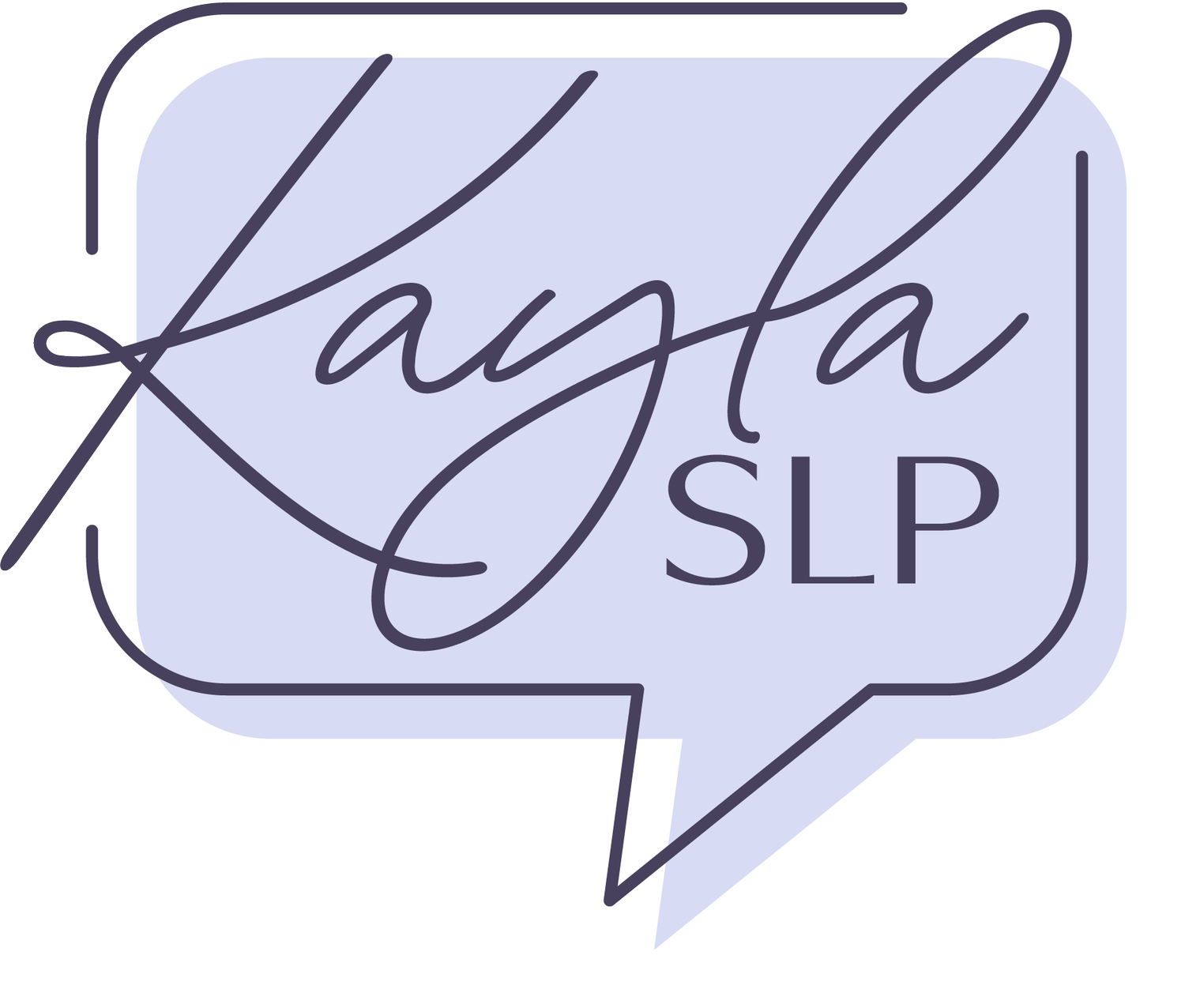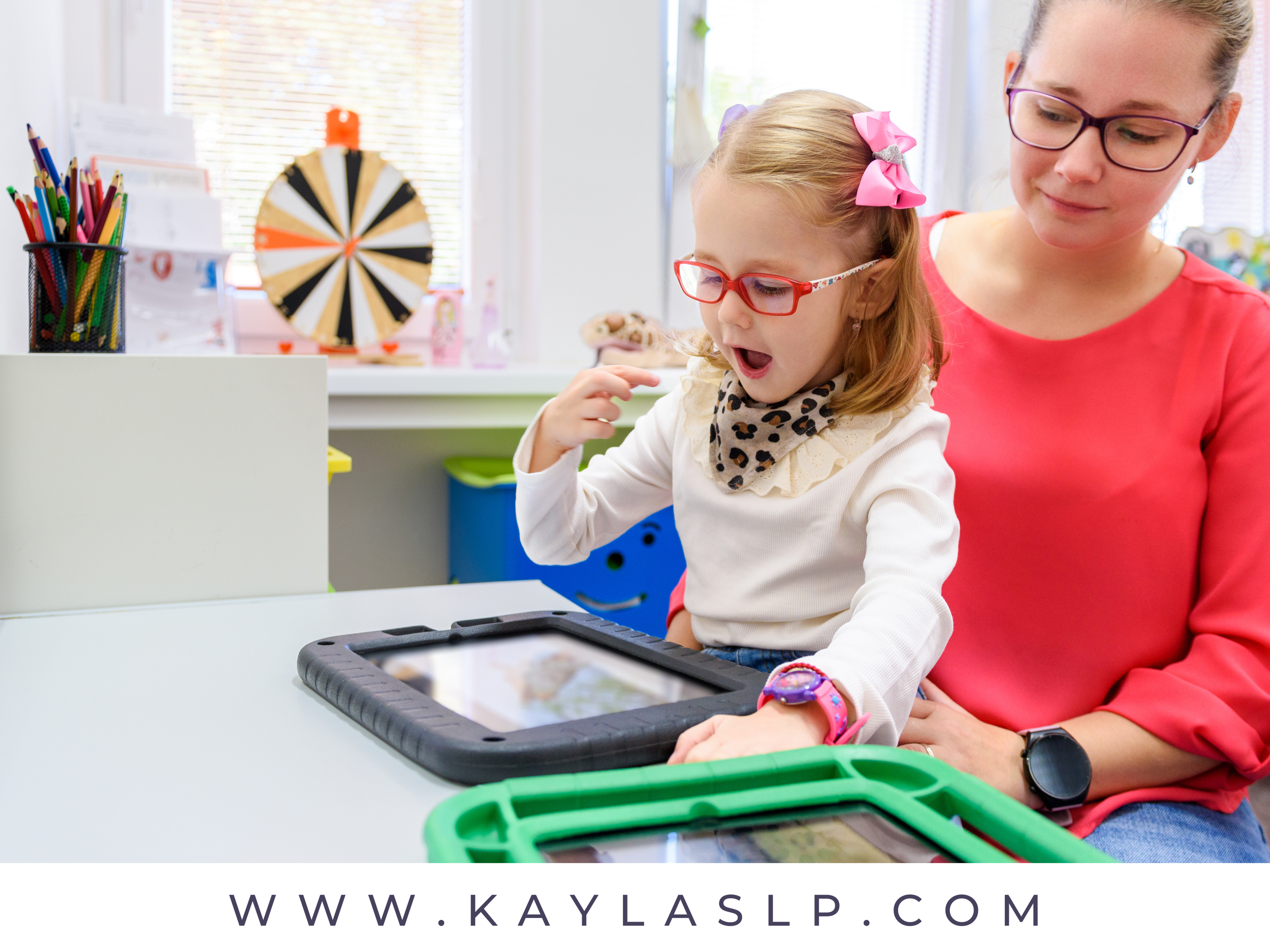Helping Relatives Understand Your Child’s Communication Needs
If your students or your own child use communication supports, you probably know that holidays can be both wonderful and a little tricky. You’ve got family coming together, routines changing, and lots of people who may not fully understand how to support your child’s communication.
Whether it’s a grandparent who “just wants them to talk,” or a well-meaning cousin who finishes their sentences, it can take some planning to make these gatherings successful and stress-free.
The good news? A little preparation before the big day goes a long way.
Why Family Education Matters
When family members understand how your child communicates, they become part of your support team instead of just observers. It’s about setting everyone up for success.
Here’s what happens when we help relatives understand:
Kids feel seen and heard. They don’t have to fight to be understood.
Parents feel less pressure to “translate” every interaction.
Family members feel empowered to communicate instead of afraid to “do it wrong.”
At its heart, this is about helping everyone feel confident and comfortable.
Step 1: Choose Your Focus
You don’t have to explain everything about your child’s communication needs. In fact, short and simple is best.
Pick 2–3 key things you want family to know. For example:
“She uses her AAC device to say what she wants. Please wait for her to press the buttons.”
“He’s working on using his speech sounds, but it helps when you model slowly.”
“Please don’t act like he doesn’t understand. Just talk to him the same way you would anyone else.”
These short statements are easier for family to remember and apply.
Step 2: Model First, Explain Second
When relatives see communication supports in action, it clicks.
Instead of just saying, “He uses his talker,” try showing it:
“Hey Grandma, watch this! He can tell you what he wants on his device.”
Then give your child a minute to do it. That small demonstration builds confidence for everyone involved.
Step 3: Use Friendly Language
The goal is to educate without overwhelming. Think approachable and collaborative.
You can say things like:
“He’s learning to use his talker for more than just requests. We’re working on comments like ‘That’s funny!’”
“You can help by pausing and waiting a few seconds before jumping in. It gives her time to find her words.”
“We’re trying to celebrate all communication, not just spoken words.”
Framing it this way keeps the tone positive, while still giving helpful direction.
Step 4: Send a Quick Visual or Note
If you’re an SLP, this is a great tip to share with caregivers.
A short “communication cheat sheet” before a family gathering can make all the difference. It might include:
Your child’s preferred ways to communicate (speech, signs, AAC, gestures)
A few simple strategies (“pause, wait, model”)
A short note like: “Thanks for helping [child’s name] use their voice this holiday!”
You can create it on a half-page printable, or even just send a quick text with bullet points.
Step 5: Focus on Connection, Not Perfection
Even with preparation, not every moment will go perfectly, and that’s okay. The goal isn’t flawless communication, it’s meaningful moments.
If your child uses their AAC device to tell Grandma “pie” for the first time, that’s a win.
If they make eye contact with an uncle or laugh at a cousin’s joke, that’s connection too.
The more positive experiences your child has communicating with family, the more their confidence (and their relatives’ understanding) will grow.
With that being said…
Holidays can be busy, loud, and unpredictable, but they’re also a beautiful opportunity to help families see communication as something to celebrate.
A few gentle conversations before the gathering can make a world of difference for your child or your students’ families.
When relatives understand that communication looks different for everyone, they become part of the support system, and that’s something to be thankful for.
Love this post?
Pin it for later!
Save this blog post to your favorite Pinterest board so you can come back to it anytime.


